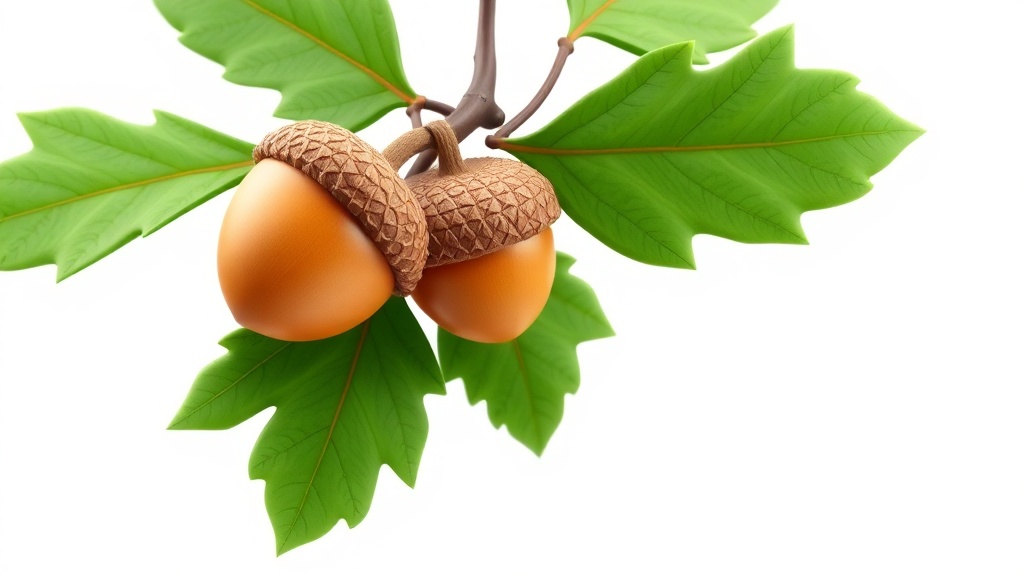Home / Environment / Autumn Abundance: Acorns Carpet UK Gardens in Rare "Mast Year"
Autumn Abundance: Acorns Carpet UK Gardens in Rare "Mast Year"
12 Oct
Summary
- Unusually high numbers of nuts and berries due to "mast year" phenomenon
- Warm, dry spring promoted oak tree pollination
- Bumper apple harvest and early autumn foliage changes

As signs of autumn emerge across the UK, a conservation charity has revealed the reason behind the extraordinary abundance of acorns this year. According to the National Trust, the country is experiencing a rare "mast year" phenomenon, where certain tree species produce unusually high numbers of nuts and berries.
This cyclical event, occurring around once every four years, has resulted in a remarkable acorn crop at sites like Dunham Massey in Greater Manchester. The head gardener there, Emily Chandler, describes the volume of acorns as "the largest we have ever seen," with the nuts "carpeting the borders."
Experts attribute the mast year to a combination of factors, including the warm and dry spring that promoted the pollination of oak flowers. This has also led to a bumper apple harvest, with one of Dunham Massey's tenant farmers, in his 80s, reporting the best crop he has ever seen.
The abundance of berries and fruits is not limited to just acorns and apples. Gardeners across the National Trust's sites have reported early autumn changes, with the charity's candyfloss trees at Dunham Massey already displaying their multicolored, fragrant leaves. This early autumn display is a welcome boost for wildlife, which will benefit from the plentiful food sources.




